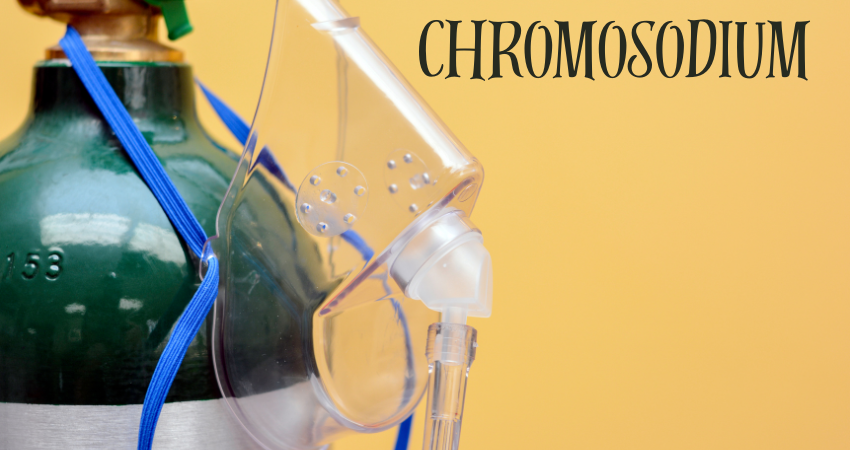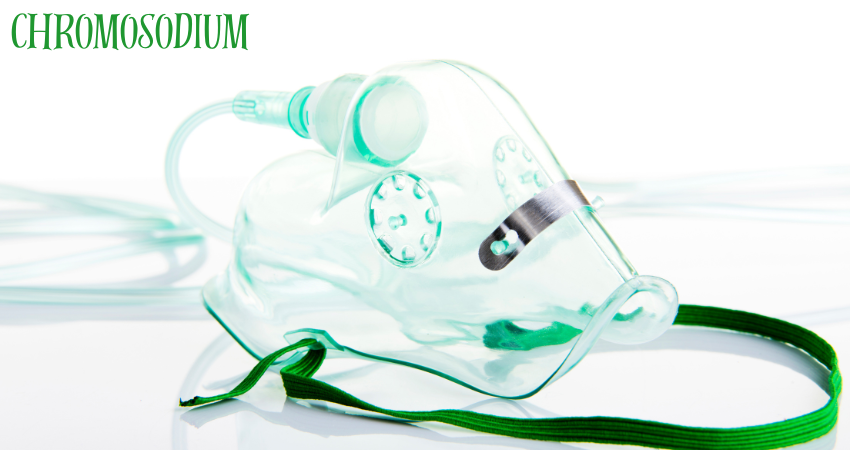Imagine a bridge, not just of metal and stone, but of energy, light, and pulse—a bridge between the known and the unknown. Chromosodium, a term whispered among the quiet halls of chemical discovery, is more than just a fusion of the familiar element sodium. It is a dance, a twirling entity that brings something almost artistic into the world of atoms. While sodium is elemental to our bodies, regulating nerve impulses and helping our cells maintain balance, chromosodium hints at a deeper mystery—a yet undiscovered force that bridges the realms of biology and possibility.
The Birth of an Elemental Dream
To understand chromosodium is to peer into the heart of chemistry itself. Though it doesn’t exist as a classified element on our traditional periodic table, the name chromosodium evokes the idea of colors (chromo) and the essential life force (sodium) coming together. It is a reminder that the world is not static—elements evolve, ideas shift, and perhaps, someday, science will bring forth such a fusion of the tangible and ethereal.
A Hidden Element in Nature
When we speak of sodium, we speak of life. Found in every cell of our body, sodium’s purpose is that of a silent protector, maintaining balance in an ocean of potential chaos. Chromosodium, as we imagine it, is the hidden undertone in this balance—a phantom element that could potentially weave sodium’s magic more intricately into the web of life.

Chromosodium and the Spectrum of Life
In the broad spectrum of living, sodium wears many faces. It fires the neurons that allow us to think, feel, and remember. It courses through our veins, ensuring that our bodies stay hydrated and our muscles contract just so. But imagine, if you will, chromosodium—a variant of sodium’s own essence, amplifying these actions, making every breath, every heartbeat, every thought more vivid. Chromosodium could be the thread that weaves together biology with the unseen, connecting what we know with the mysteries still left to unravel.
The Chemistry of Chromosodium
On a molecular level, sodium is simple—an atom, dancing with a single electron in its outer shell. But chromosodium, in this imagined tale, would be a little different. A step beyond, a deeper twist in the spiral. It might react in ways we can only dream of, creating bonds and breaking them in ways that elevate ordinary chemistry into the realm of poetry.
The Healing Nature of Chromosodium
Sodium has always been a healer. It maintains the delicate balance of fluids within our bodies and keeps our cells alive with its gentle sway. But chromosodium? It could be a healer of a different kind. Perhaps one day we will discover that chromosodium, with its ethereal properties, can unlock new potentials in medicine, helping us heal faster, live longer, and love deeper.
Chromosodium in Daily Life
Though chromosodium remains a mystery, sodium itself is no stranger to our daily existence. Found in the salt we sprinkle over our meals and the minerals that build our bones, sodium is ever-present. Chromosodium, if it exists, might be found in rare mineral deposits or perhaps in the stars themselves—waiting for us to understand its quiet power.
Science’s Obsession with Balance
The beauty of science lies in balance. Every equation, every molecule, every life-form dances on the edge of equilibrium. Chromosodium, like sodium, would embody this balance—a living symbol of nature’s desire to keep everything in harmony, from the smallest atom to the largest galaxy.
The Art of Alchemy: Chromosodium and Transformation
In the ancient art of alchemy, transformation was the goal—turning base metals into gold, ignorance into wisdom. Chromosodium, if it could be conjured, would be alchemy in its truest form. A transformation of sodium, an elevation of its power. It might transform not just chemicals but the very way we see the world, blending science with the sublime.
The Dance of Ions
Sodium ions are dynamic dancers, forever moving, shifting, conducting electricity through our bodies. But chromosodium, if it existed, might change the dance. Perhaps it would hum with a different energy, changing the rhythm of life itself, making everything more vibrant, more alive.
The Future of Chromosodium in Research
Scientists are ever on the hunt for the new, the unexplored. Though chromsodium is a dream for now, it could become a reality. Imagine the studies, the breakthroughs, the possibilities that await in laboratories and minds across the world as they search for this phantom element.
Chromosodium’s Role in Evolution
Sodium has shaped life since the beginning, helping organisms evolve, grow, and thrive. But what if chromosdium played a role too, silently guiding evolution? We may one day uncover evidence that chromosodium, like sodium, was a silent architect of life’s grand design.
Myths and Mysteries of Chromosodium
Throughout history, elements have been tied to myth, magic, and mystery. Chromosdium, though still a phantom, feels like it belongs to that realm—a story not yet told, but felt in every heartbeat and every breath.
The Emotional Chemistry of Life
Sodium is essential to our emotions. It helps regulate the systems that control our mood, our thoughts, our feelings. Chroosodium, in this imagined world, would be even more intertwined with our emotional chemistry, shaping not just our bodies but our souls.

Chromosodium: A Conclusion of Connection
Chromosodium, whether it exists in the physical realm or simply as an idea, stands as a testament to the connections that weave through all of life. From the elements in our blood to the stars above, everything is connected. Chromosodium, like sodium, would be a thread in that grand tapestry—a reminder of the balance, beauty, and mystery that surrounds us.
FAQs
Is chromosodium a real element?
Currently, chromosdium is more of an imagined concept rather than a real element. It represents the poetic fusion of sodium with something more mysterious and ethereal.
What role does sodium play in the human body?
Sodium regulates vital functions, including nerve impulses, muscle contraction, and fluid balance, making it essential for life.
Could chromosodium have practical applications?
If chromoodium were real, its potential applications could range from advanced medicine to new forms of energy transfer.
How does sodium affect our emotions?
Sodium plays a role in nerve function, which can influence mood, thoughts, and overall mental health.
What is the future of chromosodium in science?
While chromosodium is not currently recognized, future scientific discoveries may reveal new elements or compounds with similar properties.

